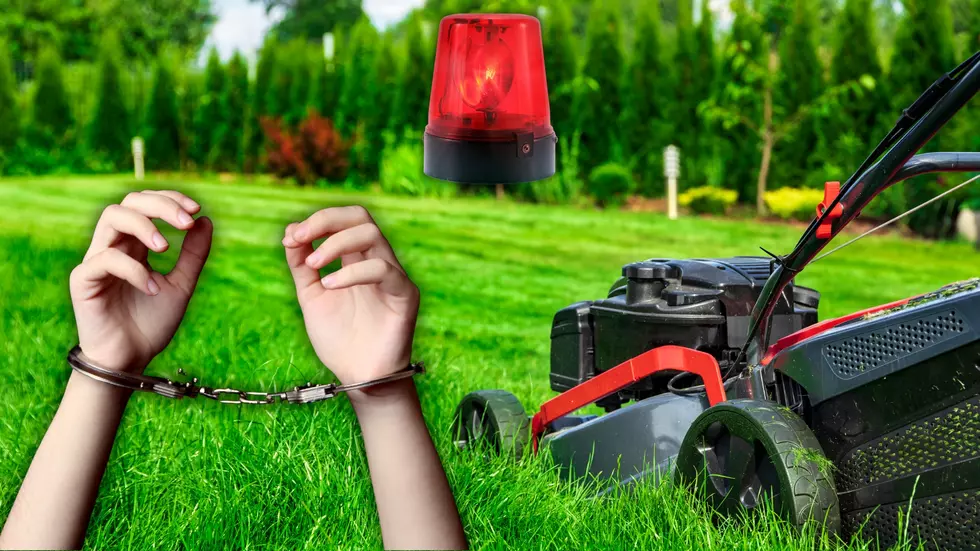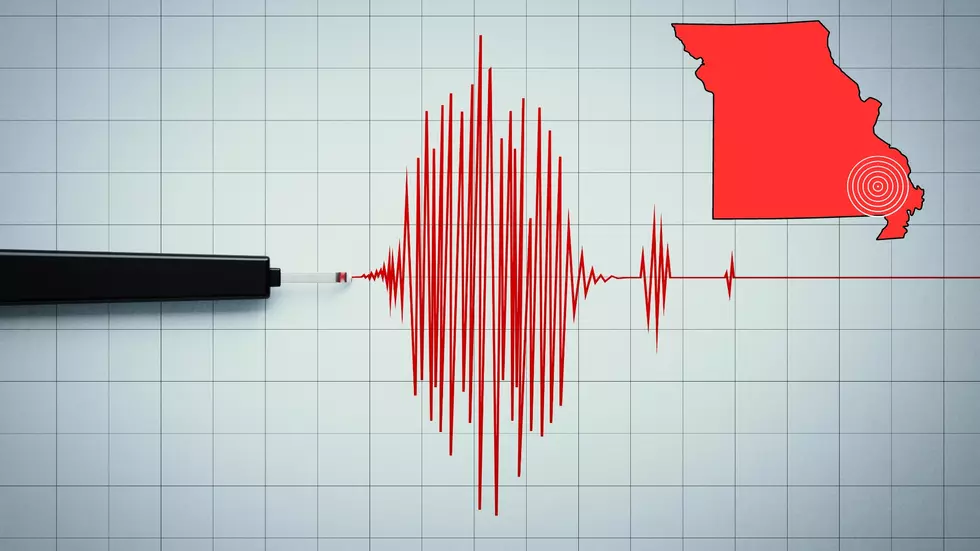Raised Bed Gardens
This is from the University of Illinois Extension
URBANA -- Expanding your garden? Whether growing flowers, vegetables or shrubs, consider planting in a raised bed, said University of Illinois Extension horticulture educator Nancy Pollard.
“It will offer improved productivity, often healthier plants, and easier maintenance than a ground bed,” said Pollard. “Raised beds allow the soil to warm up earlier in the spring. The soil stays loose as long as you do not walk on it, and it drains better. There is better air movement, so there are fewer pests.” Working in a bed raised by as little as six inches is also easier on the back.
Twelve to sixteen inches is ideal for deeper-rooted plants. For the bed to be wheelchair-accessible, build it about 27 inches deep.
“Raised beds that are against a wall or fence should be no more than two and a half feet across, so you can reach to the back of the bed easily,” advised Pollard. “If both sides are accessible, then the bed can be four to five feet wide, so you can still reach to the center without stepping in the bed.”
Pollard suggests creating a simple, low mound six to eight inches high by excavating the paths in between and piling up the soil, “Then till in four to six inches of well-rotted compost, peat moss, or other organic matter.”
If the paths are excavated, be sure to mulch them later to keep the weeds at bay. Ideally, the bed will have a flat top with sides sloping at about a 45-degree angle. Never walk on the bed, as it will compact the soil, reducing the benefits of raising the bed.
A simple way to create a raised bed with less digging is to build a frame over an existing lawn area. Lay down six to eight layers of newspaper, wetting the paper with a watering can so it does not blow away, before covering it with a soil and compost mix.
“The newspaper will create a barrier to keep the grass from growing into the bed,” Pollard said. “Be sure to overlap the seams. Never just cover the grass with soil.”
The grass must be killed in some way, or it will be an ongoing battle to get rid of it. A four-inch strip of mulch around the bed makes mowing easier and prevents the grass and weeds from encroaching.
A frame can be built with landscape timber, masonry blocks, or boards of cedar, composite, or other long-lasting wood. If two-inch-thick boards are used, the corners can be secured with decking screws. Beds longer than four to six feet made from boards should be reinforced with a cable and turnbuckle across the center; otherwise, the weight of the soil will push the sides out.
The choice of the soil mixture to fill the bed is very important. Pollard suggests one-third to one-half organic matter or compost mixed with soil. Mix them together while filling the bed and let it settle for approximately one week. Be sure the soil does not come from an area that was contaminated with lead, arsenic, or pesticides.
If possible, find out the pH of the soil because it will affect whether the plants are able to take up the minerals they need from the soil. “It does little good to create a raised bed if the pH is too high or too low for what you plan to grow,” said Pollard. A pH of 6.0 to 7.0 is good for many garden plants.
Let the planting begin!
More From KHMO-AM 1070, News-Talk-Sports






